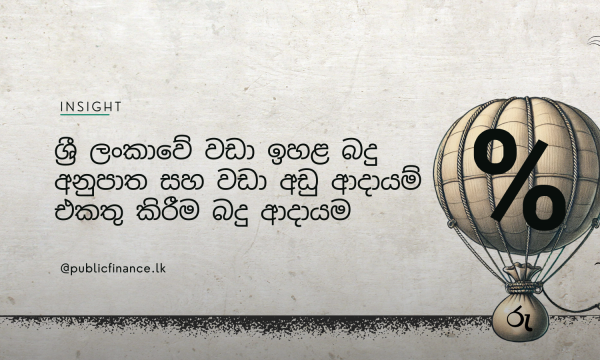වර්ෂය අනුව තෝරන්න
සිට
දක්වා
